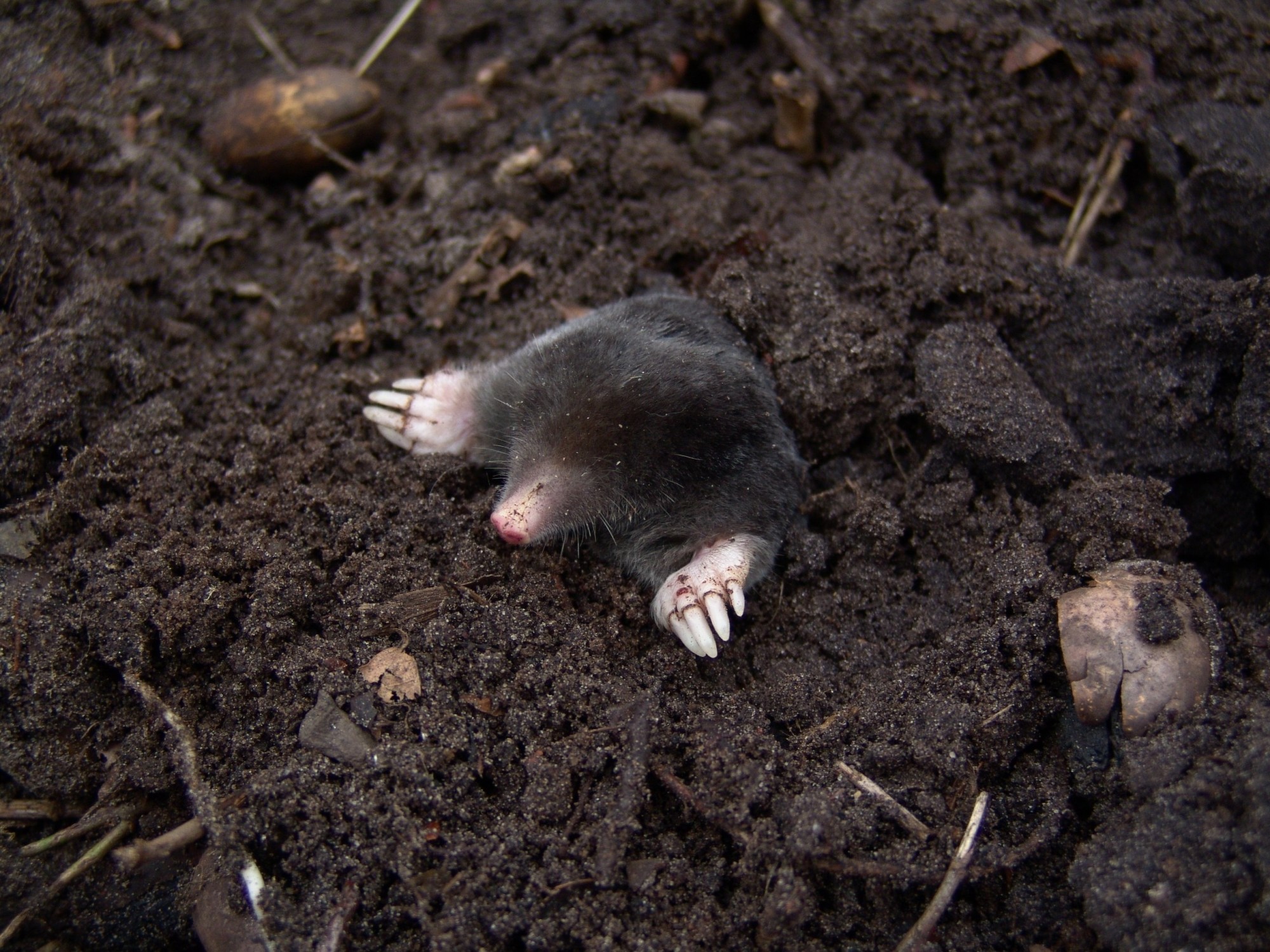
Once a mole finds a new home in your yard, they often choose to stay there. In many cases, moles won’t simply find a new home. They have to be removed.
If your yard provides them with the atmosphere and food they need, then they’ll make themselves comfortable.
Mole damage in Cincinnati and Northern Kentucky can create more problems for you other than a damaged yard. Mole damage can also result in collapsed above-ground pools, driveways, and more.
As the years pass by, the moles will reproduce, creating even more problems for your yard. This is why it’s essential for you to address and treat the problem before it gets worse. The best way to rid yourself of ground moles is to know the signs of moles in your yard.
What does mole damage look like?
In the guide below, you’ll find out about a few different signs that there’s a mole problem in your yard. Continue reading below to learn more!
1. Dying and Dead Patches of Grass or Plants
Have you walked outside recently and noticed dead patches of grass or dying plants? This could be a sign of moles!
Moles make their way around your yard by digging tunnels under the top layer of grass and dirt. As the moles dig, they begin to remove the roots of plants and grass in their paths. Because of this, dying and dead patches of grass or plants in your yard is a common sign of moles.
If not treated quickly, the moles will continue to dig their way around your yard, killing more plants and grass in their path.
2. Molehills or Mounds of Dirt
Although molehills or mounds of dirt aren’t as common as some other signs of a mole problem, you should still be on the lookout for them. Molehills appear when a mole forces dirt and other debris up to the yard’s surface as they dig in a deep tunnel. When searching for molehills, however, don’t be on the lookout for tall hills of soil.
Instead, look for volcano-shaped mounds about six inches tall. The mounds will most likely be connected to a tunnel system visible on the surface of your lawn.
3. Tunnels Visible on the Surface
How do you know if there are mole tunnels in your yard? You should be able to see them on the surface. Because moles uproot all grass and plants in their way, they’ll leave paths on the surface of your yard with brown, dead, or no grass. Your lawn will look a bit raised in these areas as well, giving it a bumpy appearance.
You can also use the tunnels to give you a good idea of how bad the mole problem is. Unfortunately, moles won’t normally use the same tunnel more than once. Because of this, there will be new tunnels throughout your yard each day.
Once more moles inhabit your yard, there will be even more tunnels than before.
4. An Increase in Weeds
Have you noticed an increase in the number of weeds in your yard as well? Tying a weed problem with a mole problem might not seem sensible, but here’s why it is: uprooting plants and grass gives weeds a chance to sprout.
As the moles tear up your yard and uproot all your plants and grass, weeds will then try to take over. If not caught in the early stages, the majority of your yard can quickly become covered in weeds.
5. Visual Spotting of a Mole
Other than looking for signs of mole damage, you should also look for the moles themselves. Spotting a mole in your yard is a sure sign of a mole problem. What do you need to look for, though?
Moles are small mammals with dark brown fur. Their bodies are shaped almost like a potato, and they have small beady eyes. Their muzzles are pointed, and they have wide front flippers for feet.
These flippers help them create a swim-like motion to get them through the soil. The best time to catch them in your yard is during the spring or fall and during the evenings or early mornings. These are the times when they’re most active.
You should also try to catch them moving about after a rainstorm on a warm day. They tend to make their way to the surface afterward. You should also note that moles are only about seven inches long and only weigh about four ounces.
6. Soft and Damp Dirt
It’s important to know what type of environment moles like in order to determine if your yard is the perfect home for moles or not. If your yard contains soft and damp soil, then there’s a good chance there are some moles nearby. Moles like this type of soil because it’s easier for them to dig through.
You should avoid overwatering your lawn to prevent the ideal mole environment. Moles also feed on grubs and other insects. They don’t feed on actual plants in your garden.
Grubs and earthworms will attract moles into your yard. If you can control the moisture level and the number of grubs or earthworms in your yard, then you might have a better chance of encouraging them to leave. Unfortunately more times than not, the moles will find another food source to eat and will need to be physically removed from the yard.
How Can You Prevent Mole Damage?
After reading through these signs listed above, are you convinced you have mole damage in your yard? If so, then you’ll want to remove them as quickly as possible to prevent more damage from occurring.
Let the mole professionals in Cincinnati and Northern Kentucky help you.
Click here for a free quote and to schedule an appointment!

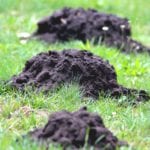
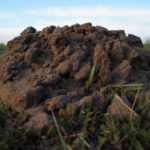
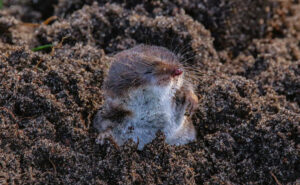

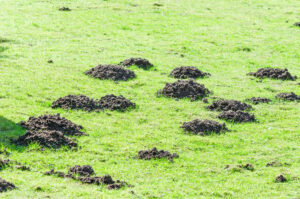

No comment yet, add your voice below!